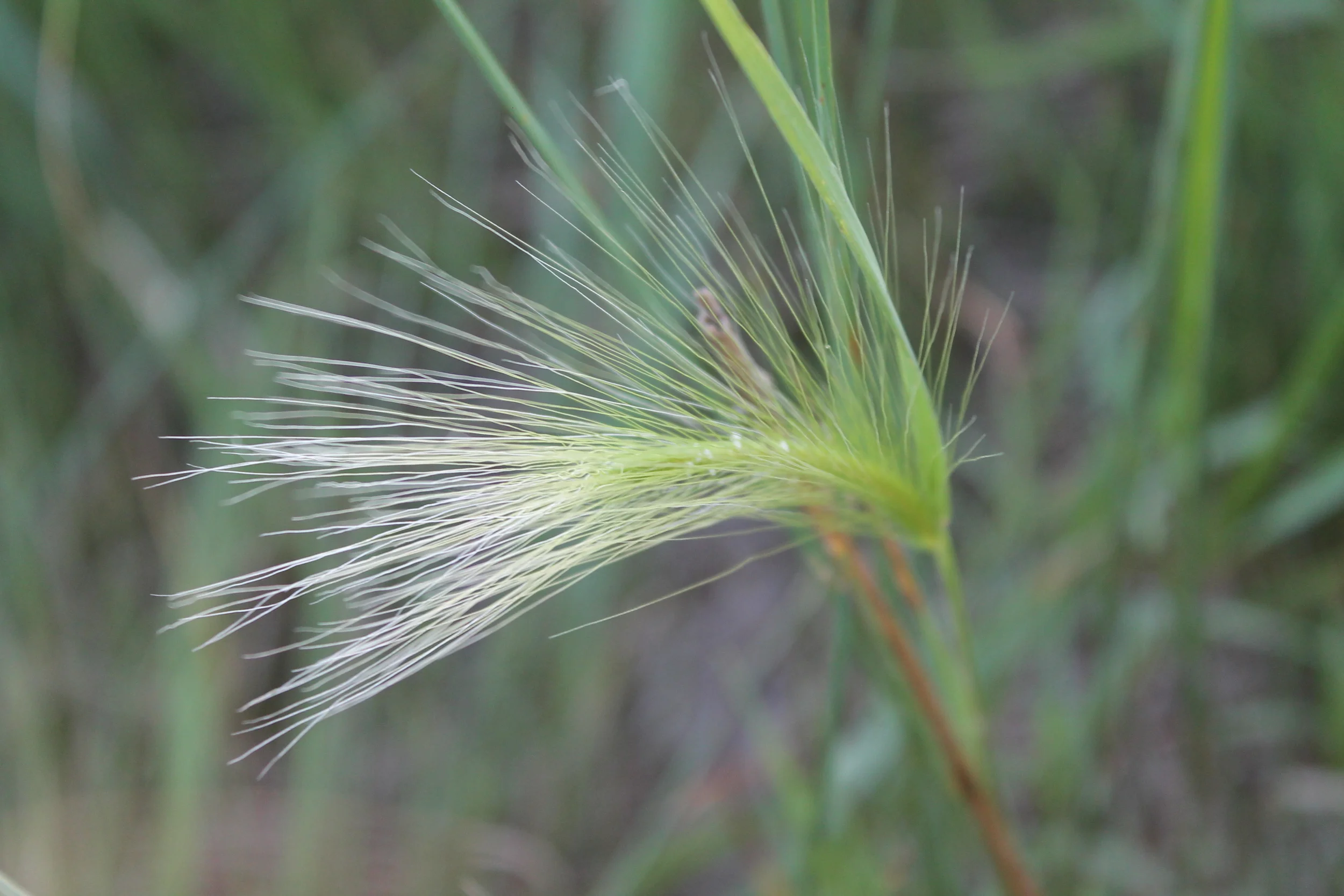Integrated Pest Management (IPM) is an approach to planning and managing that uses a combination of methods to reduce pest populations to acceptable levels.
A pest is any animal, plant or other organism that is directly or indirectly, noxious, troublesome or can cause injury. IPM includes biological and cultural controls, forecasting, sampling, and establishing thresholds for pests to define when corrective action is necessary. Strategies are tailored to the needs and requirements of the local situation. They involve using materials and methods that are:
Scentless Chamomile. Photo By: M. Ammeter
- Least disruptive of natural controls;
- Least hazardous to human health;
- Least toxic to non-target organisms;
- Least damaging to the general environment;
- Most likely to produce permanent reduction in the pest;
- Easiest to carry out effectively; and
- Most cost-effective in the short-and long-term.
IPM emphasizes pest prevention, the use of reduced risk products, and the application of pesticides only when necessary.
To use IPM properly, you first need to correctly identify the pest and understand its life cycle:
- Knowing when and how a pest is most susceptible to control measures is important when making decisions on when to take action.
- Timing the application of a pesticide correctly is essential for effective control and to ensure the least amount necessary for control is used.
- Refer to the label's directions for use for guidance on the proper timing and recommended rate of application.
Reference: Health Canada's Pest Management Regulatory Agency


